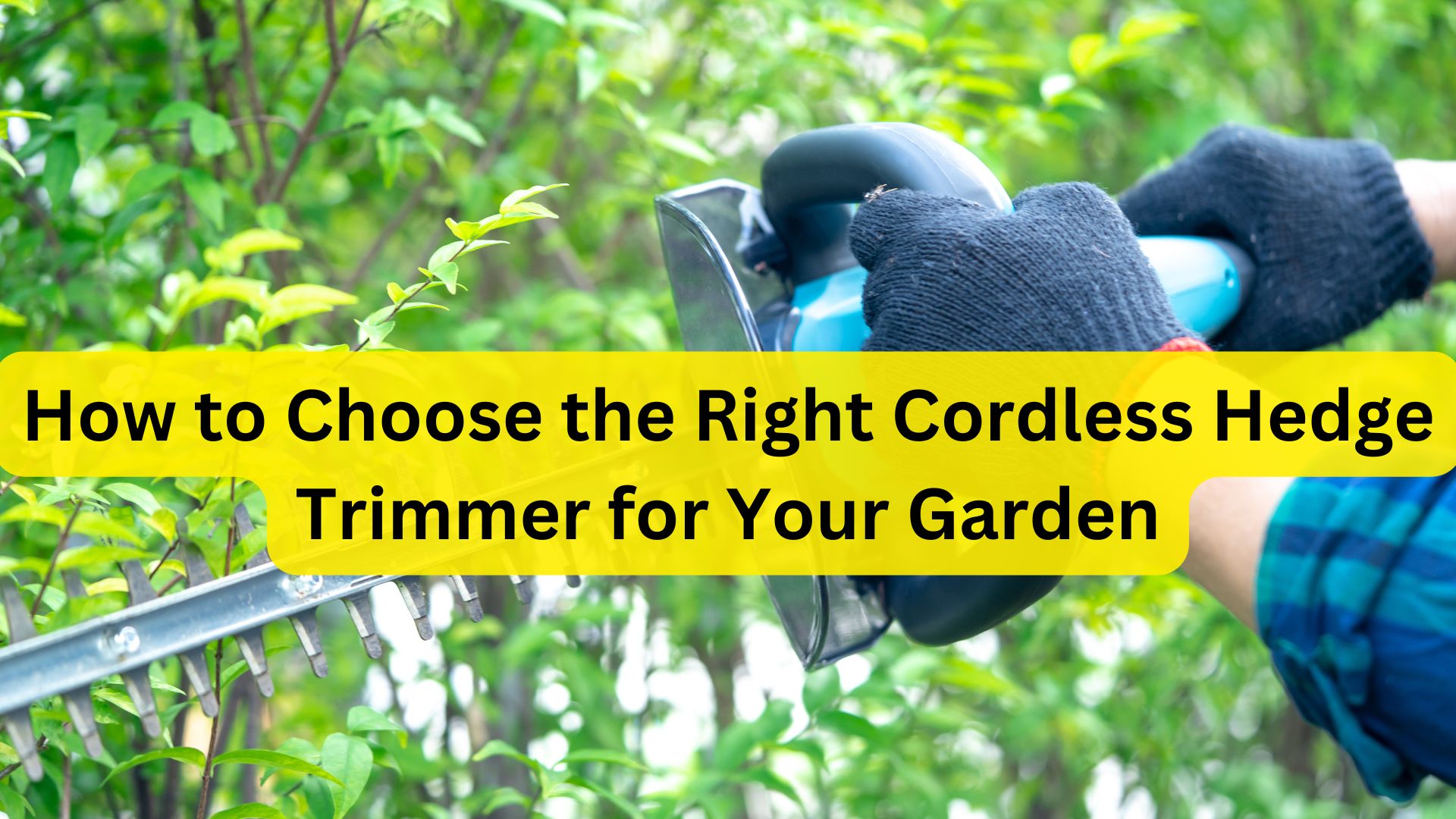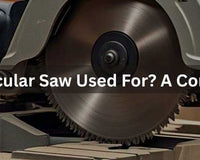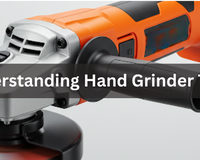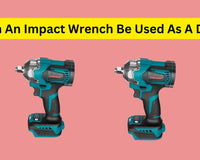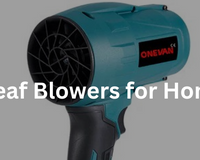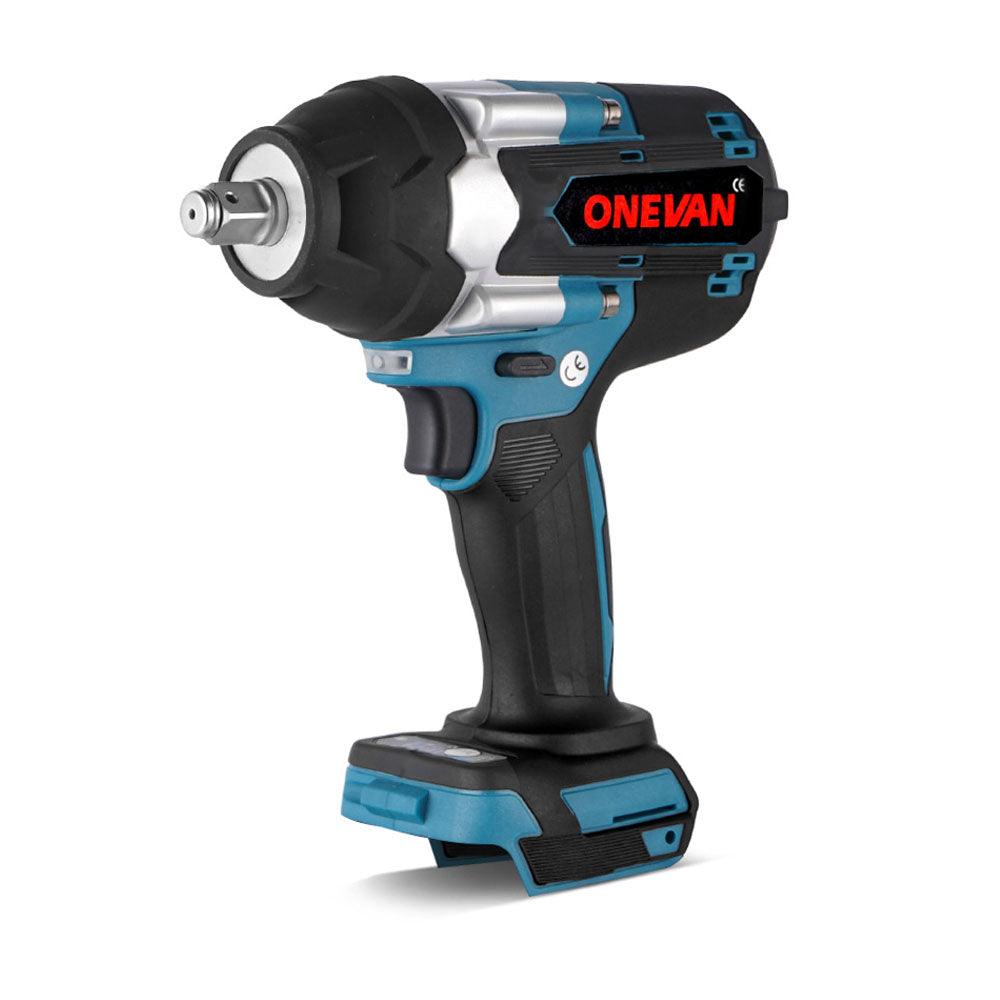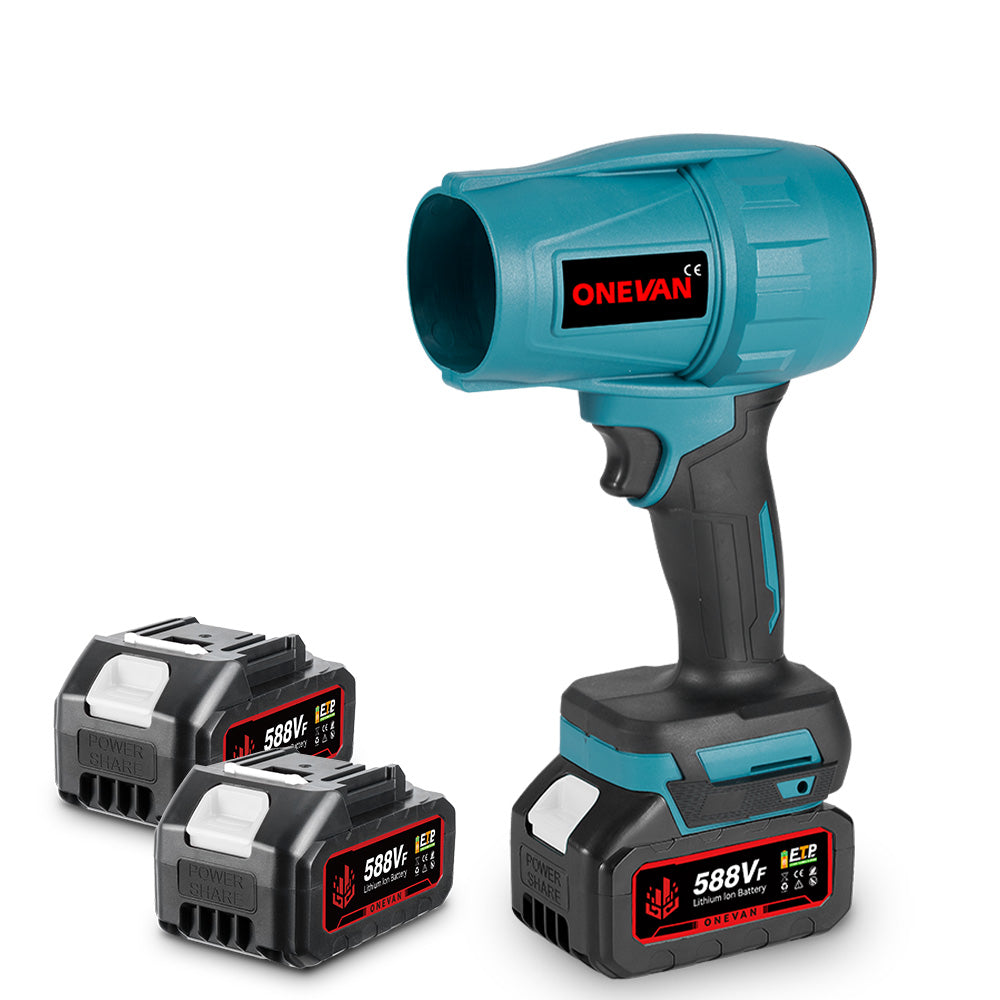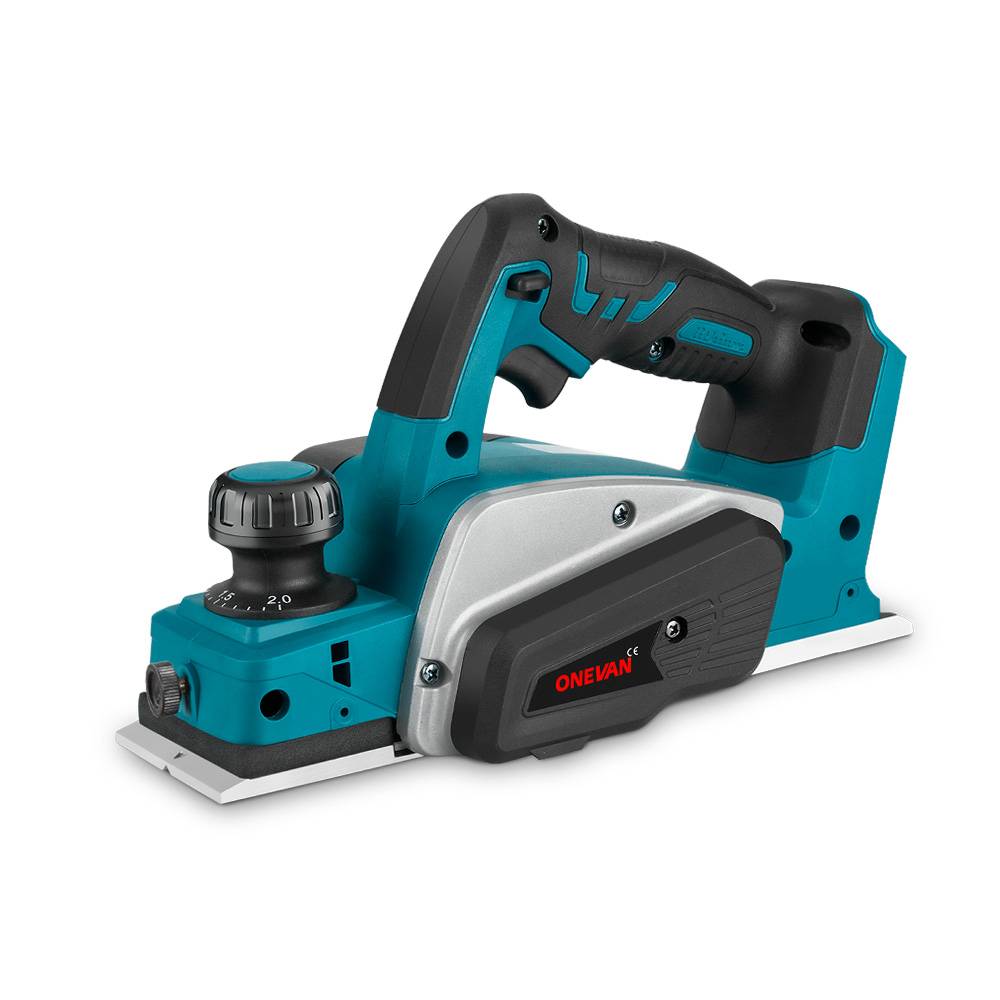Manter um jardim limpo é uma arte e uma ciência. Podar cercas vivas, arbustos e árvores de qualquer tipo requer ferramentas fenomenais. Muitas ferramentas diferentes podem ser úteis; no entanto, vale a pena mencionar uma das mais versáteis e confortáveis de usar: um aparador de cerca viva sem fio. Mas com tanta variedade de modelos, escolher o ideal não é fácil. Sua decisão pode afetar a forma como a manutenção do seu jardim acontece, bem como sua produtividade, conforto e qualidade.
Eles funcionam com bateria e não precisam de fios nem gasolina, o que é bom para o meio ambiente e para quem os utiliza. Eles têm muitas vantagens em relação aos aparadores a gasolina: são mais manobráveis, operam silenciosamente e exigem manutenção mínima. O recurso sem fio desses modelos facilita a circulação pelo jardim e permite que você alcance todos os cantos sem problemas com quedas de energia ou fios presos.
Este guia abordará detalhadamente todos os componentes a serem considerados na escolha de um aparador de cerca viva sem fio adequado. Desde os tipos e comprimentos de lâmina até os recursos de segurança e acessórios adicionais, descobriremos como encontrar o modelo ideal para as suas necessidades específicas de jardinagem. Além disso, apresentaremos sugestões de produtos para ajudar você a tomar uma decisão informada.
1. Compreendendo os tipos de lâminas dos aparadores de cerca viva sem fio
Lâminas de um lado vs. lâminas de dois lados
Lâminas de um só lado : Como o próprio nome indica, as lâminas de um só lado são projetadas para ter dentes em apenas um lado, perfeitas para tarefas simples, como aparar e aparar as bordas de arbustos de pequeno a médio porte. A construção de um só lado oferece um corte mais seguro e controlado, pois a lâmina plana auxilia na orientação. Um de seus grandes benefícios é a mobilidade mais fácil devido às lâminas de um só lado, geralmente mais leves, tornando-as adequadas para cortadores de grama iniciantes ou jardineiros que preferem uma manutenção simples. Elas são ótimas se você deseja o mesmo formato, como uma cerca viva quadrada ou retangular, mas cortam com muita precisão e evitam o corte excessivo.
Lâminas Duplas : Uma lâmina dupla é mais indicada se o seu jardim tiver cercas vivas esculpidas. Essas lâminas têm dentes em ambos os lados, o que permite o corte em duas direções. Isso é particularmente útil ao esculpir formas mais complexas ou trabalhar com muita folhagem. As lâminas duplas podem cortar em ambas as direções, reduzindo significativamente o tempo de corte. No entanto, exigem mais habilidade e controle para operar corretamente, por isso são mais adequadas para jardineiros experientes com projetos de paisagismo ou jardim mais complexos.
Considerações sobre o comprimento da lâmina
Lâminas curtas (40 a 50 cm) : Essas lâminas mais curtas são ótimas para podas de precisão ou espaços apertados, tornando-as ideais para jardins de pequeno a médio porte. São mais curtas, o que proporciona:
- Melhor manuseio e precisão.
- Tornando-as perfeitas para aparar sebes menores.
- Arbustos pequenos ou plantas delicadas.
Plantações grandes ou complexas também podem exigir o uso de tesouras com lâminas mais curtas. Pátios ou jardins menores com configurações de plantio lotadas se beneficiam da facilidade de manuseio. Além disso, essas lâminas geralmente tornam a ferramenta mais leve, facilitando o uso por longos períodos.
Materiais e durabilidade da lâmina
Lâminas Revestidas : Alguns aparadores de cerca viva possuem lâminas revestidas, que proporcionam maior durabilidade e resistência à ferrugem e corrosão. O revestimento reduz o atrito durante o corte, resultando em uma operação mais suave e menos desgaste da lâmina. Além disso, as lâminas revestidas são muito menos propensas a acumular seiva e detritos vegetais, minimizando a necessidade de limpeza diária. Para jardineiros que vivem em climas úmidos ou trabalham com vegetação rica em umidade, optar por um aparador com lâminas revestidas pode aumentar drasticamente a vida útil do dispositivo.
2. Como escolher o aparador de cerca viva sem fio certo
Avalie as necessidades do seu jardim
Antes de comprar o aparador de cerca viva sem fio, considere o que seu jardim precisa:
- Tamanho e complexidade : O tamanho do seu jardim é o fator mais importante na hora de decidir qual dos muitos aparadores de cerca viva você precisa comprar. Para jardins pequenos, onde há poucas cercas vivas e arbustos e altura limitada, um aparador fácil de manusear e com lâmina mais curta é ideal. Da mesma forma, um jardim com muitas cercas vivas e padrões complexos requer um aparador potente com lâmina mais longa para cobrir uma área maior.
- Tipos de plantas : Nem todas as plantas requerem a mesma capacidade de corte. Aparadores de cerca viva com dentes pequenos e lâmina estreita são mais indicados para plantas de folhas finas ou macias. Se você tiver galhos grossos e lenhosos para cortar, precisará de um aparador maior e muito potente, pois essa vegetação pode ser resistente e densa.
Vida útil e potência da bateria
Procure modelos com baterias intercambiáveis, como o aparador de cerca viva sem fio ONEVAN 2 em 1. Esse recurso permite a troca de baterias entre diferentes ferramentas de jardim . Esse recurso é especialmente útil se você possui outras ferramentas sem fio que usam o mesmo tipo de bateria, proporcionando praticidade e economia.
Peso e Ergonomia
O peso ideal de um aparador de cerca viva sem fio dependerá do seu período de uso previsto e do design ergonômico. Um aparador leve é mais fácil de manusear e menos cansativo, sendo perfeito para jardineiros que precisam aparar e fazer muita manutenção. Alças acolchoadas e macias, punhos ajustáveis e uma distribuição de peso equilibrada ajudam a garantir controle e menos fadiga nas mãos e nos braços.
Capacidade de corte
A capacidade de corte refere-se à espessura máxima de galhos que um aparador pode suportar. Aparadores sem fio padrão geralmente oferecem uma capacidade de corte que varia de 1,25 cm a 1,95 cm. Se o seu jardim tiver galhos grossos ou vegetação densa e densa, você deve considerar a escolha de um aparador com maior capacidade de corte para que as lâminas não fiquem presas e danificadas. Normalmente, um aparador com capacidade de corte moderada será suficiente se você precisar dele para a manutenção simples de seus pequenos arbustos e sebes.
Recursos de segurança
A segurança deve ser a principal prioridade ao usar todas as suas ferramentas elétricas , incluindo aparadores de cerca viva. Veja os modelos que vêm equipados com os seguintes recursos de segurança:
- Operação com duas mãos : requer as duas mãos para operar o aparador, reduzindo o risco de ativação acidental e garantindo melhor controle durante o uso.
- Protetores de lâmina : economizam seu dinheiro reduzindo a chance de cortes acidentais e mantendo sua lâmina afiada quando não estiver em uso.
- Desligamento automático : o motor para quando você solta o aparador para evitar ferimentos e acidentes.
Níveis de ruído
Um dos principais benefícios dos aparadores de cerca viva sem fio é sua operação mais silenciosa em comparação com os modelos a gasolina. No entanto, alguns aparadores sem fio são mais silenciosos do que outros. Se os níveis de ruído são uma preocupação — talvez você more em um bairro tranquilo ou prefira jardinagem tranquila — procure modelos projetados com tecnologia de redução de ruído.
3. Recursos e acessórios adicionais de aparadores de cerca viva sem fio
Configurações de velocidade variável
Aparar cercas vivas não é uma tarefa única. Algumas pessoas precisam de um corte delicado ou lento, enquanto outras precisam de um corte rápido. Um aparador de cerca viva de velocidade variável, como o dos nossos modelos premium, ajuda você a controlar a velocidade dependendo da situação. Velocidades mais baixas permitem maior precisão em trabalhos detalhados de revisão de galhos, e velocidades mais altas são potentes o suficiente para cortar até mesmo os mais grossos. Essa versatilidade significa que você só precisa de uma ferramenta para vários trabalhos de jardinagem.
Alças telescópicas e cabeças rotativas
Jardinagem significa muitas cercas vivas altas e difíceis de alcançar. Um aparador com cabo telescópico amplia seu alcance para que você possa aparar cercas vivas altas com segurança, sem precisar usar uma escada. Os cabeçotes giratórios também aumentam a versatilidade, pois você pode ajustá-los para cortar melhor em ângulos que podem ser naturais em certos formatos e posicionamentos de cerca viva. Esses recursos ajudam o aparador a se adaptar a qualquer projeto de jardim, facilitando o uso sem causar esforço físico.
Compatibilidade de baterias e baterias sobressalentes
A compatibilidade das baterias é uma preocupação essencial para jardineiros que utilizam vários equipamentos sem fio. Baterias intercambiáveis, como as usadas noaparador de cerca viva sem escovas ONEVAN , permitem a troca de baterias entre diferentes ferramentas, simplificando sua rotina de jardinagem. Ter baterias extras à mão garante que você possa continuar aparando sem interrupções, especialmente em jardins extensos, onde uma única bateria não oferece autonomia suficiente.
4. Aparadores de cerca viva sem fio vs. outros tipos
Aparadores de cerca viva sem fio vs. com fio
Potência e autonomia : Enquanto os aparadores de cerca viva com fio fornecem energia ininterrupta, os aparadores de cerca viva sem fio modernos melhoram significativamente a vida útil da bateria e a potência. Baterias avançadas de íons de lítio oferecem potência e autonomia consistentes, adequadas para a maioria das tarefas de jardinagem residencial.
Aparadores de cerca viva sem fio vs. a gasolina
Impacto Ambiental : Aparadores de cerca sem fio são mais ecológicos do que os modelos movidos a gasolina. Eles produzem 0 emissões, reduzindo sua pegada de carbono. Além disso, operam silenciosamente, contribuindo para um ambiente de jardinagem mais tranquilo, ao contrário do ruído alto e perturbador produzido pelos aparadores movidos a gasolina.
Requisitos de manutenção : Aparadores a gasolina exigem manutenção regular, reabastecimento, trocas de óleo e regulagem do motor. Em avaliação, aparadores sem fio geralmente exigem reformas mínimas, como carregamento da bateria e afiação da lâmina. Essa facilidade de reforma torna os aparadores sem fio ainda mais práticos e econômicos para o jardineiro comum.
5. Conclusão
Escolher o aparador de cerca viva sem fio certo envolve considerar vários fatores, incluindo o tipo de lâmina, a duração, a duração da bateria, a capacidade de corte e outras características. Ao avaliar as necessidades específicas do seu jardim e conhecer os benefícios das diversas alternativas de aparadores, você pode escolher uma ferramenta que complemente o desempenho e o conforto das suas responsabilidades de jardinagem. Aparadores de cerca viva sem fio, como as alternativas da ONEVAN , oferecem mobilidade, energia e sustentabilidade ambiental adequadas, tornando-os a escolha certa para os entusiastas de jardinagem modernos.
6. Perguntas frequentes
1. Posso usar um aparador de cerca viva sem fio para galhos grossos?
Sim, mas é importante escolher uma versão com capacidade de redução adequada, geralmente em torno de 1,9 cm ou mais, para lidar com galhos grossos com eficiência.
2. Quanto tempo dura a bateria de um aparador de cerca viva sem fio?
A duração da bateria varia de acordo com a versão e a utilização. A maioria dos aparadores de cerca viva sem fio oferece de 30 a 90 minutos de autonomia com carga completa. Modelos de ponta com baterias intercambiáveis podem oferecer autonomia estendida em comparação aos modelos padrão.
3. Os aparadores de cerca viva sem fio exigem manutenção regular?
A manutenção é notavelmente fácil, envolvendo principalmente a limpeza das lâminas, a recarga da bateria e, ocasionalmente, o polimento das lâminas. Ao contrário dos modelos movidos a gasolina, eles não requerem mistura de gasolina, trocas de óleo ou reformas substanciais.
4. É seguro usar um aparador de cerca viva sem fio?
Sim, os aparadores de cerca viva sem fio são projetados com recursos de proteção, como operação com duas mãos, protetores de lâmina e mecanismos de fechamento automático, para diminuir o risco de ferimentos.
5. Posso usar um aparador de cerca viva sem fio na chuva?
Não é recomendado o uso de nenhum dispositivo elétrico de jardim, incluindo aparadores de cerca viva sem fio, em condições úmidas devido ao risco de choque elétrico e danos aos aditivos da ferramenta. Certifique-se sempre de que o aparador esteja seco antes do uso.
Etiquetas:
aparador de cerca viva sem fio, dicas para aparar cercas vivas, aparadores de cerca viva ONEVAN, manutenção de cerca viva faça você mesmo, aparar cerca viva especializado, aparador de cerca viva ecológico, aparador de cerca viva sem escova, aparador de cerca viva a bateria, melhor aparador de cerca viva para jardins, aparador de cerca viva leve, dicas profissionais para aparar cerca viva, como aparar cercas vivas, guia para aparar cercas vivas, dicas para cuidar de cercas vivas.

